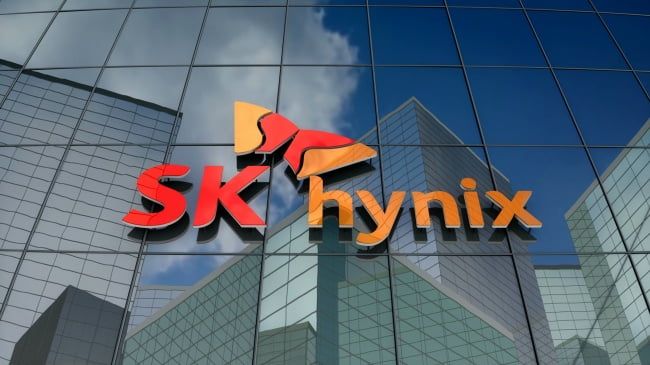SK Hynix announces the first DDR5 RAM. DDR5 is the latest standard approved to enhance one of the main components of computer architecture. Random access memory (known as RAM) has the primary mission of loading instructions from the CPU, in addition to handling system data and applications while they are executed in the computer as temporary storage of instructions and data versus the persistent one of other components such as hard disks or solid state drives.
- RTX A6000 & RTX A40 are NVIDIA’s new professional graphic cards
- NVIDIA GeForce RTX 3060 Ti release date and specs leaked
- NVIDIA GeForce RTX 3080 full specifications
JEDEC, the organization responsible for this standard published the final specifications for DDR5 DRAMs in July, completing those for the portable/mobile device version, LPDDR5 (Low Power Double Data Rate 5). The main companies in the sector, such as Micron, had already announced different developments for their adoption, technology enablement programs for manufacturers and test and qualification modules.
Another leading semiconductor firm, SK Hynix, now announces the launch of what it calls the “world’s first DDR5”. As is often the case with the launch of new global technology standards, it is intended for professional applications, such as high-speed, high-density products optimized for big data, artificial intelligence and machine learning.
Advantages
SK Hynix memory takes advantage of the new standard’s features and its advances in performance, power consumption, operations or capacity versus DDR4, in addition to other manufacturing, data controller, power management integrated circuit or error correction code (ECC) improvements included in these server developments.
Increased performance. DDR5 will double the base working frequency of DDR4 at 2,133MHz, to 4,266MHz in DDR5 with a maximum of 6,400MHz. All of them are standardized values because in practice they will be higher as we have seen in DDR4, where manufacturers practice overclocking techniques to increase the base frequency to higher levels.

The improvement in density under the latest chip creation techniques, which did not exist at the time of DDR4’s launch, will make it possible to increase the capacity of the modules. Unique developments are expected with 256GB in double channel and in business machines with eight channel matrixes, the installed memory will be able to reach a whopping 4TB in a single board. DDR5 will adjust the base consumption to 1.1 volts, almost 20% compared to the DDR4 base. A new deep sleep mode will halve the power consumption in LPDDR5.
DDR5 will use independent operations of activating, writing, reading or refreshing the information. All of them will be autonomous according to the groups with memory banks, which will improve the efficiency and overall performance. It uses dvanced technological processes of 10 nanometers and below. The equivalent modules will not be cheaper than DDR4, but the cost improvement by advanced manufacturing processes and increased density should make it possible to equip systems with higher capacity at a lower price.
Marketing of DDR5
As with previous standards of the standard, the first DDR5 modules will be released in servers and data centers before moving to the consumer market. It is not a component that is usually renewed frequently and the change usually occurs every 7 or 8 years.
Considering the huge amount of computers and devices that use RAM, its deployment will be gradual and several generations will coexist. It should be noted that DDR5 will not be compatible with previous standards and we will need new motherboards and chipsets to support it.
An effective launch is expected in 2021 starting with business machines and a 10% adoption rate in 2021 among the total installed DRAMs. Analysts expect DDR5 to account for 43% of the total by 2024.





